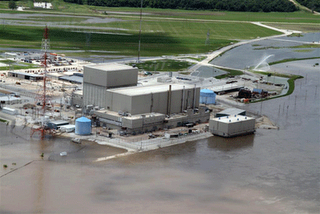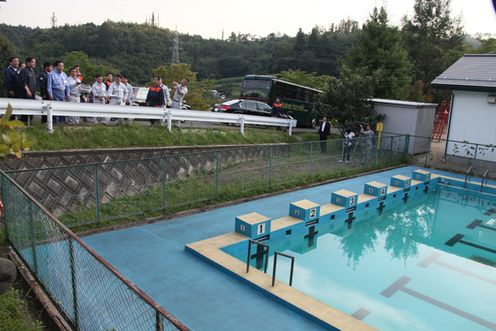The Associated Press spent a year going over government documents concerning the safety of U.S. nuke plants; the conclusion is that a disaster of epic proportions is very likely.
The reason is that U.S. officials, like the Nuclear Regulatory Commission, have been relaxing safety standards just so the aging nuclear reactors could be re-licensed. In other words, what the AP found was that if today’s U.S. nuclear reactors were required to meet 1970s safety standards, most would fail. The most common problem at the nuclear plants are leaking valves.
Recently, one Senator from Tennessee, Lamar Alexander, tried to say the U.S. nuclear industry had a record of safe operations. However, the NRC, even with it’s relaxed safety standards, has filed more than 200 safety alerts since 2005. In 2008 the NRC admitted that 70% of potentially dangerous situations resulted from relaxing of standards in order to get the plants re-licensed.
Another surprising find, the Associated Press noted that not a single serious investigation into the safety of nuclear plants has been officially undertaken, not even by the NRC. It appears what government, and the nuke industry corporations have been doing, is trying to find ways to re-license reactors without meeting safety standards!
Here’s the modus operandi of U.S. government, and the corporations running the nuke plants: Old parts fail causing accidents, or jeopardizing re-licensing. Instead of ‘coming up to compliance’, corporations work with government agencies to ‘dumb down’ existing safety regulations.
Another revelation: Most U.S. nuclear plants were supposed to be replaced with brand new plants, once their original 40 year licenses expired. That never happened.
What’s the motivation behind the scandal? Billions and billions of dollars being made by providing almost 20% of the United State’s electricity, using outdated and cheaply maintained nuke plants.
There is so much more in the AP report. Everyone living near nuclear reactors in the United States should make plans to get away.

